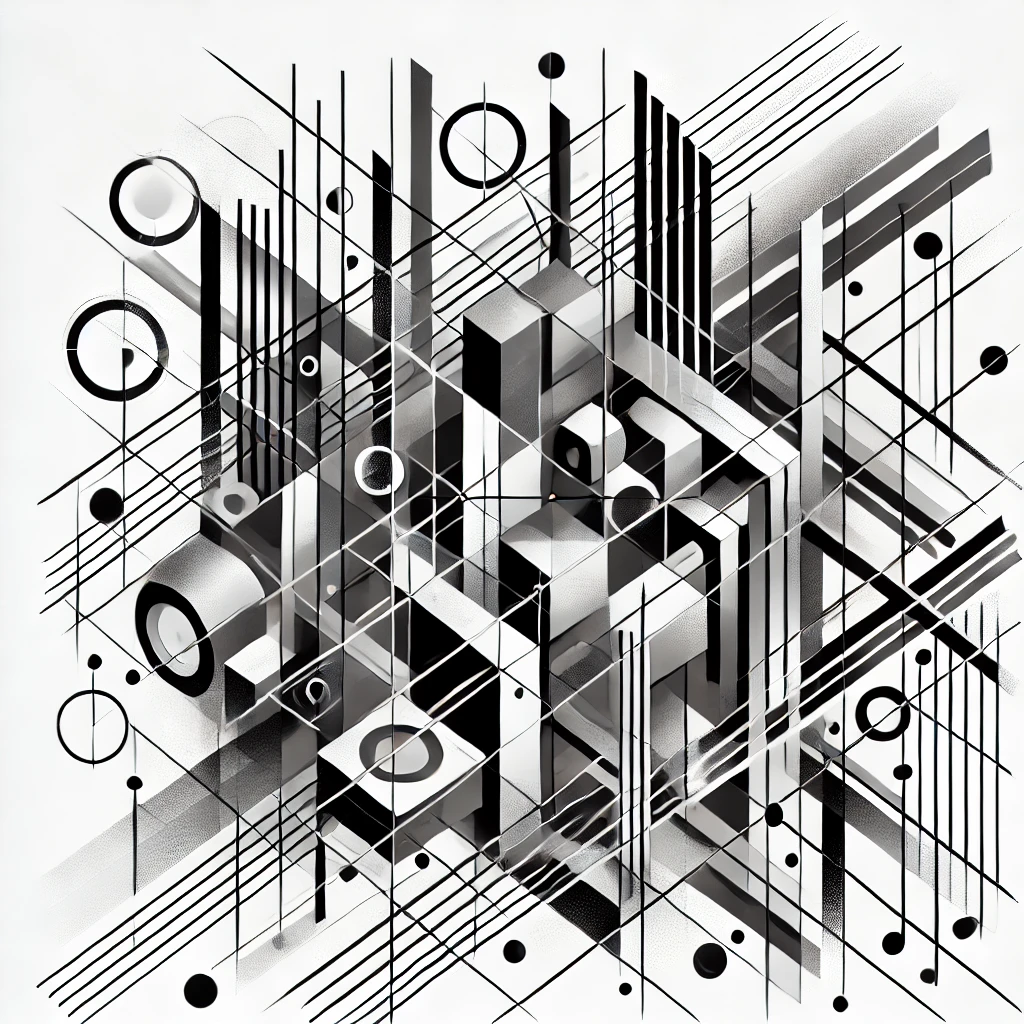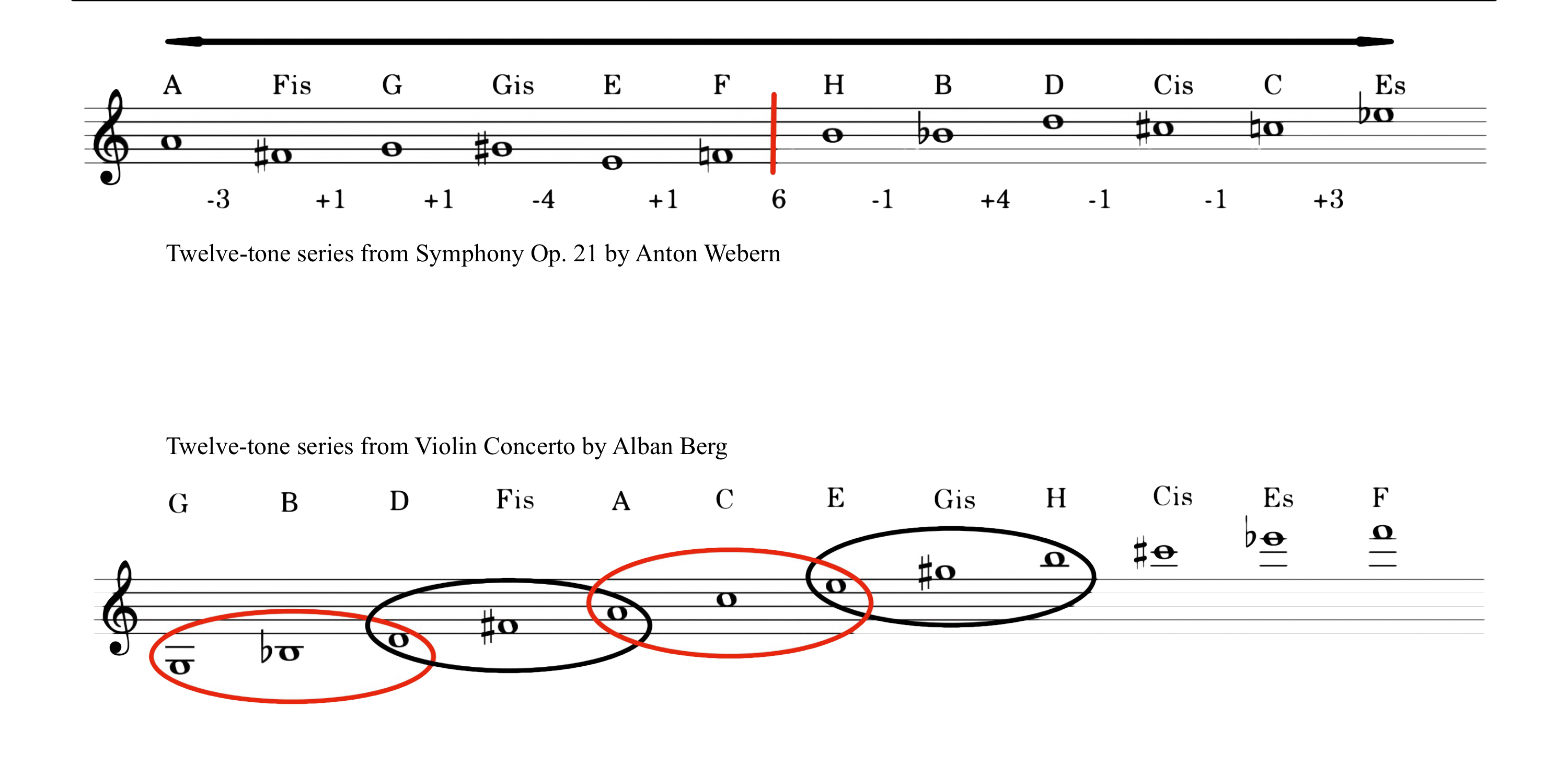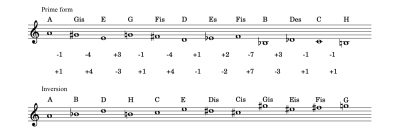Despite its systematic structure, the twelve-tone method of composition affords manifold possibilities for musical development.
Koffler was keenly aware of this potential. As he argued, "the twelve-tone technique serves primarily as a means of formal construction, enabling, through the maintenance of the basic row, an unprecedented unity of both individual works and cycles" (J. Koffler, '12 tonów' [12 Tones], Wiadomości Literackie 1936, no. 10, p. 6).
To help his readers and listeners understand the nature of dodecaphony and its departure from traditional compositional methods, Koffler employed the following comparison:
Consider how we have played chess for centuries—on a board of eight by eight squares, with eight pieces and eight pawns. Let us suppose that all possible groupings and combinations on this board become exhausted, rendering further play essentially futile, as the consequences of each sequence become predictable and the game grows tedious. Then appears an ingenious chess player who creates a new board of twelve by twelve squares, with twelve pieces and twelve pawns. In essence, the fundamental nature of the game remains unchanged; only the number of possible combinations and groupings increases immensely, making the game once again fascinating and exciting
(ibid.).
Iwona Lindstedt
English translation by Iwona Lindstedt




